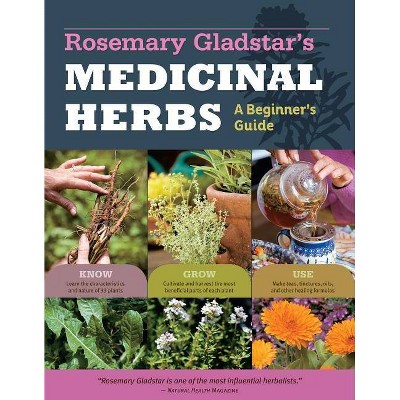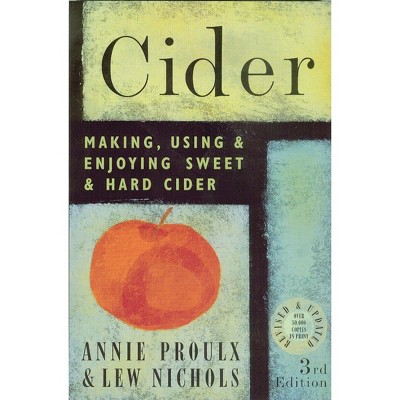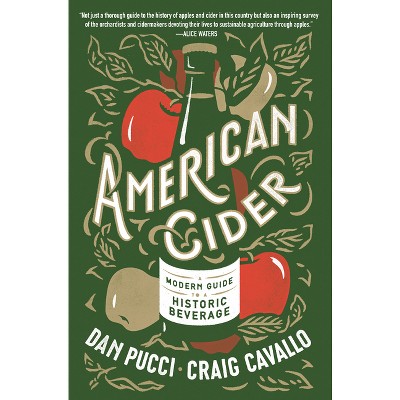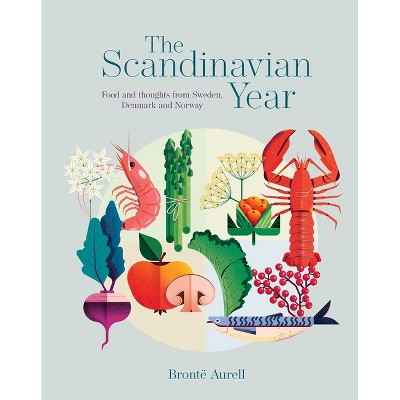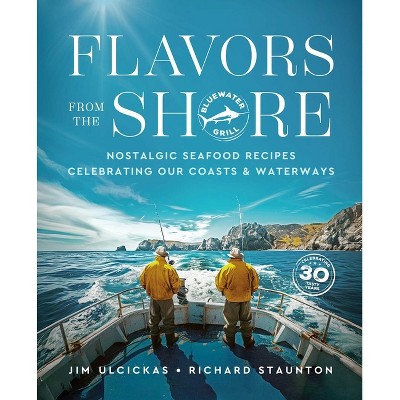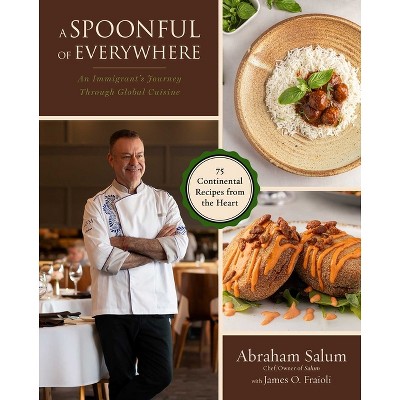Sponsored



Real Cidermaking On A Small Scale Book
$22.98
In Stock
Eligible for registries and wish lists
Sponsored
About this item
Highlights
- Pooley and Lomax
- 6"x9"
- 111 pg
Description
This clear, concise guide covers all the steps, from building your own press to properly storing your homemade cider for year-round enjoyment. Delicious recipes, too. Focuses on the making and fermenting of hard cider. Pooley and Lomax. 6"x9". 111 pg.. . Table of Contents Introduction A Word on Apples Cidermaking History Building the Press An Autumn Day's Cidermaking The Right Mix of Apples Washing and Preparing the Apples Milling and Crushing the Apples Pressing the Apple Pulp Fermentation Blending, Storing, and Serving Troubleshooting Drinks and Recipes Preserving Pure Apple Juice Making Cider Vinegar Appendix 1: Glossary of Terms Appendix 2: Making Perry Appendix 3: Malolactic Fermentation Appendix 4: Using the Hydrometer Appendix 5: Pasteurization and Stabilization Appendix 6: A Note on Patulin Appendix 7: Cleaning/Sterilizing Wooden Vessels Index Excerpt from page 28 Cider Fruit Cider fruit needs to be considered, however, to discover what makes a really good cider. Traditionally, such apples might very well have been eaten or used for cooking, but were often especially valued for making cider. They are most closely related to the wild crab apple, often appearing unattractively blotched or scabby, but having the characteristics in their juice that make them excellent for cider. The juice has a sweetness and acidity and a high level of tannin that imparts a bitterness and dryness in the mouth, referred to as astringency. It is these three ingredients found in real cider apples that confer a range and complexity of flavors to the cider and are at the heart of a really good cider. Depending on the balance of tannin to sweetness or acidity, cider apples are generally divided into two categories: bittersweets and bittersharps. These days, bittersweets are the preferred type of cider apples used most often commercially in Britain. Sweets and sharps are two further low-tannin categories used in describing cider fruit. All other apples that are not typified as cider varieties - but can still be used to make cider - are referred to as dessert apples (eaters), culinary apples (cookers), and those that are dual-purpose.
Dimensions (Overall): .42 inches (H) x 6.0 inches (W) x .42 inches (D)
Weight: .55 pounds
Suggested Age: 17 Years and Up
Genre: Cooking + Food + Wine
Format: Paperback
Author: Michael Pooley and John Lomax
Package Quantity: 1
Battery: No Battery Used
TCIN: 1005905648
UPC: 9781565236042
Origin: made in the USA or imported
The above item details were provided by the Target Plus™ Partner. Target does not represent or warrant that this information is accurate or complete. On occasion, manufacturers may modify their items and update their labels.
We recommend that you do not rely solely on the information presented. If you have a specific question about this item, you may consult the item's label, contact the manufacturer directly or call Target Guest Services at 1-800-591-3869.
If the item details aren’t accurate or complete, we want to know about it.
Shipping details
Estimated ship dimensions: 9 inches length x 6 inches width x 0.42 inches height
Estimated ship weight: 0.55 pounds
This item cannot be shipped to the following locations: American Samoa (see also separate entry under AS), Guam (see also separate entry under GU), Northern Mariana Islands, Puerto Rico (see also separate entry under PR), United States Minor Outlying Islands, Virgin Islands, U.S., APO/FPO, Alaska, Hawaii
item ships from third party seller: Lehman's Home and Garden
Return details
This item can be returned to any Target store or Target.com.
This item must be returned within 30 days of the date it was purchased in store, shipped, delivered by a Shipt shopper, or made ready for pickup.
See the return policy for complete information.
Guests also viewed
Discover more options

$8.98
MSRP $14.99
Buy 2, get 1 free select books
3.2 out of 5 stars with 39 ratings

$7.15
MSRP $12.99
Buy 2, get 1 free select books
4.5 out of 5 stars with 65 ratings

$6.39
MSRP $7.99
Buy 2, get 1 free select books
4.7 out of 5 stars with 7 ratings

